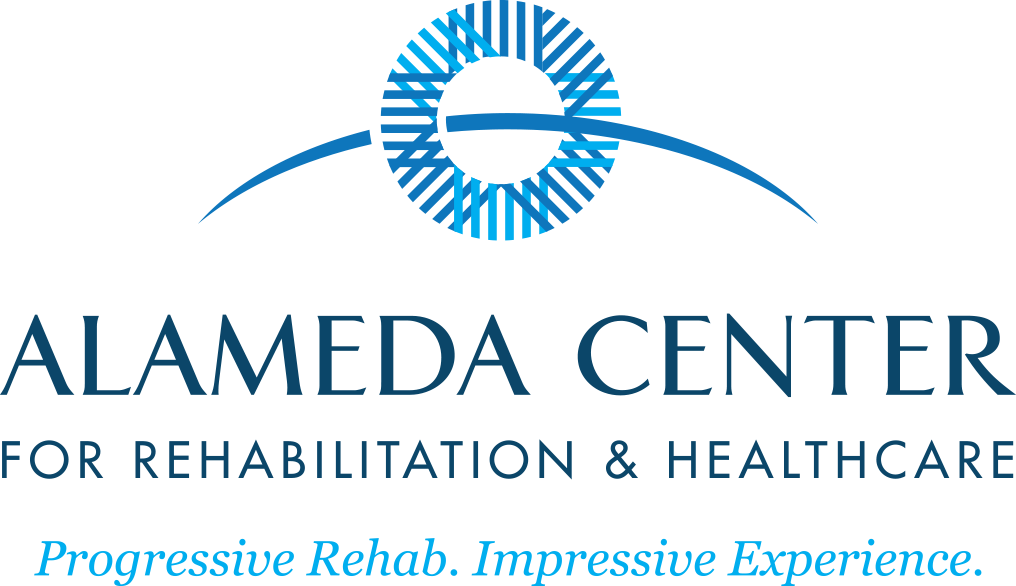Technology for Better Post-Acute Care
As insurance companies and government health organizations become increasingly aware of influencing factors in healthcare, they are in turn becoming more savvy about how to allot payments for these factors. One example is post-acute care. Much research has shown that if patients are not well-take care of in the immediate time post-op, hospital readmissions greatly increase. Insurance companies therefore have approved payments for post-acute rehab and care.
The insurance company’s role
On the flip side, insurance companies have lowered reimbursement rates for readmissions between 10-31 days. (The first ten days aren’t included because there might be an emergency related to the discharge that’s not related to post-acute care.) The assumption is that a readmission at that time shows a lack of proper post-acute care, and this applies pressure on the hospitals to ensure proper post-acute care.
Different paths to post-acute care success
There are generally two options for post-acute care. Many patients enter a rehabilitation facility to get continued care in the best way possible for the patient to truly heal and not need a readmission.
Alternatively, patients go straight home. Sometimes there is continued care at home with either visiting therapy and medical services, or the patient visits a facility for outpatient care.
While a stay at a rehabilitation facility is the best way to ensure a lower chance of readmission, a person may want to go straight home for various reasons – perhaps a rehab facility is not close enough for children to be very present, or the patient was in the hospital for a long time and wants to go home, or a host of other reasons. This can be accomplished successfully if certain conditions are met.
Making home post-op care successful
Technological advances in the field of post-acute care have made it easier to treat post-op patients at home.
- Home medical devices. There are specialized hospital beds that can be purchased for home use, as well as chair lifts and other devices that can provide a rehab-like environment in the patient’s home.
- Medical equipment that’s small and portable. Clinicians can bring more compact testing machines, monitors, and so on.
- Necklaces for fall help – the famous “I’ve fallen and I can’t get up!” There are monitors so people who are at risk can quickly get the help they need.
- CRM programs that can collect and evaluate data about the patient’s medical needs and make it simple for the clinicians involved – doctors, nurses, therapists and anyone else who needs to access it to be on top of the case and make sensible and informed decisions for the patient.
- Voice-based machinery – there are more general devices such as Alexa and Echo that can be spoken to, and there are more specialized devices that can handle more intricate commands.
- Internet of things – this allows for almost everything in a home to be controlled through internet-based directives. From cooking to phones to opening doors, IoT makes it possible for people who can’t do everything themselves to have a lot done without the help of others.
At The Alameda Center, we provide excellent management for patients who need post-acute care and have the ability to stay in the comfort of a post-acute facility.
